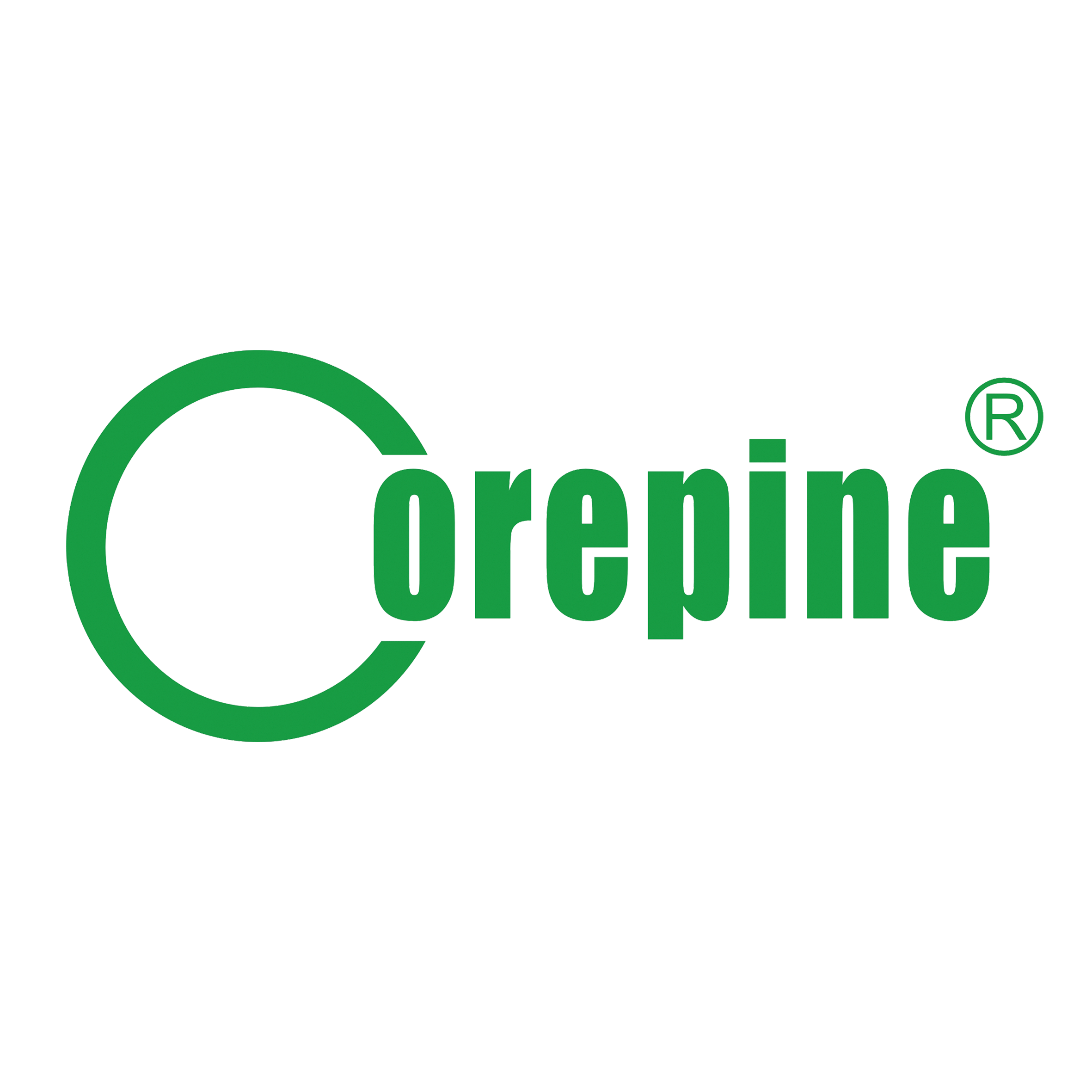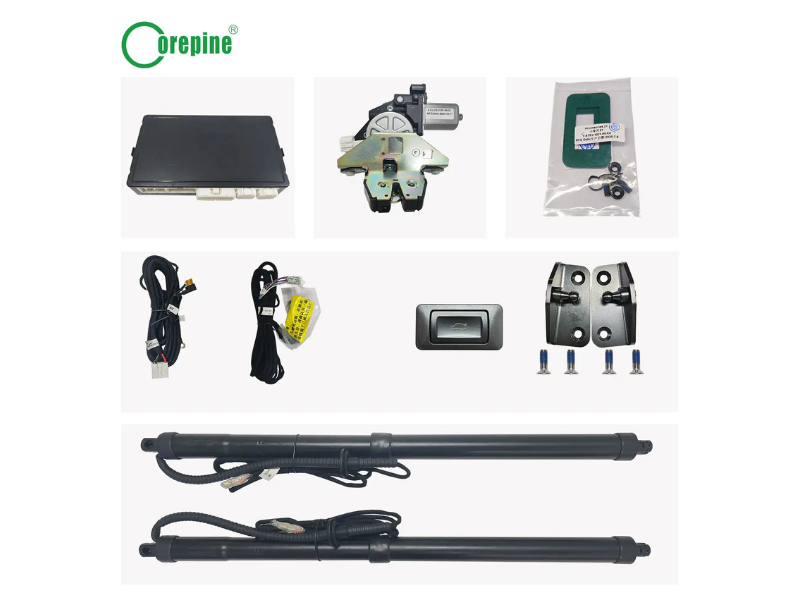

The rapidly changing logistics and commerce landscapes in Southeast Asia and the Middle East present unique challenges for fleet operators. Vehicles must endure everything from the humid climate of Southeast Asia to the dusty desert conditions of the Middle East. Maximizing operational efficiency is essential to stay competitive. What was once considered a luxury—a smart tailgate system—has become a necessary tool for enhancing convenience, security, efficiency, and safety in fleet operations. For businesses focused on wholesale and bulk transportation, integrating this technology can lead to significant operational benefits. This article outlines the key factors to consider when choosing the best smart tailgate for your fleet, helping you meet your business objectives.

If you're considering installing smart tailgates for cars and fleet vehicles in markets like Singapore, Southeast Asia, or the Middle East, it’s important to first understand the full potential of this technology. A smart tailgate automates the opening and closing of the rear door, typically via remote control, dashboard buttons, or kick sensors.
One of the most significant benefits is the improvement in operational efficiency. In fast-paced delivery and distribution services, every second counts. Drivers no longer need to manually struggle with heavy rear doors—a common bottleneck in high-frequency delivery environments such as Singapore, Bangkok, or the UAE. Automating the tailgate process speeds up loading and unloading cycles considerably.
Additionally, smart tailgates enhance vehicle security. Many systems can be programmed to lock automatically and restrict access, providing an extra layer of protection for valuable wholesale goods in transit.
Another critical area of impact is safety and driver well-being. Manual tailgates are often heavy and awkward to handle, leading to muscle strain or injury for drivers who operate them dozens of times per day. Automating this task reduces physical strain and the risk of workplace injuries.
Advanced safety features, such as intelligent anti-pinch technology, further improve safety. These systems can detect obstacles and automatically reverse direction to prevent accidents—a vital feature in busy warehouse loading bays or crowded city streets. The hands-free operation, activated by a kick sensor under the rear bumper, is especially useful when drivers have their hands full with packages or equipment.
Before comparing models and features, conduct an in-depth analysis of your fleet’s specific needs. Smart tailgate systems are not one-size-fits-all. The right choice depends on your vehicle types and daily operational patterns.
Start by identifying compatible systems. Many manufacturers, including those based in Guangdong, China, produce custom-tailored smart tailgates for popular vehicle models in Southeast Asia and the Middle East, such as the Toyota Innova and Hilux, as well as various SUVs and vans. Compile a detailed list of the vehicles in your fleet that are due for an upgrade.
Next, analyze your typical cargo profile. What is the average weight and volume of the goods you transport? The tailgate system must be robust enough to handle not only the door’s weight but also the added stress of frequent use with heavy loads.
Finally, evaluate your operational workflow. Do your drivers make frequent stops in dense urban areas where speed and hands-free operation are essential? Or are they involved in long-haul logistics where security and reliability are the top priorities? Answering these questions will help you identify the most important features for your business.
Once you understand your needs, you can evaluate the technical features of different smart tailgate systems. Paying attention to these details will help you select a system that is advanced, durable, and reliable.
Basic systems offer remote or cabin-switch operation. However, for fleet applications, a kick sensor is a game-changer. This hands-free feature allows drivers to open the tailgate effortlessly when their hands are occupied. When evaluating this feature, check its sensitivity and reliability in various weather conditions, such as heavy rain or dusty environments.
The motor is the heart of the system. Look for one with sufficient torque to smoothly and reliably lift the tailgate multiple times per day. An intelligent control unit that remembers the preferred opening height is also useful—especially for vehicles operating in low-ceiling areas.
A high-quality smart tailgate will include anti-pinch protection. Sensors detect obstacles and reverse the tailgate’s direction to prevent injuries or damage. Another useful feature is gear detection, which ensures the tailgate can only be operated when the vehicle is in “Park,” preventing accidental opening while driving.
Look for systems built from aluminum alloys and high-strength plastics for an optimal balance of strength and lightweight performance. An IP56 waterproof rating indicates strong protection against dust and powerful water jets—making the system suitable for the diverse climates of Southeast Asia and the Middle East.
While professional installation is recommended, plug-and-play systems can significantly reduce downtime and keep your fleet on the road.
The operating environment plays a major role in selecting the right smart tailgate system. Southeast Asia’s tropical climate—with high humidity and heavy rainfall—can be punishing for automotive electronics. Similarly, the Middle East presents extreme heat, dust, and sandstorms.
This is where technical specifications like the IP rating become critically important. An IP56 rating, for example, ensures the system is dust-tight and protected against powerful water jets. This means it can withstand torrential rain in Jakarta, high humidity in Bangkok, and dust storms in Riyadh without compromising functionality.
Choosing a system with robust build quality and appropriate environmental protection ensures long-term reliability and lower maintenance costs. A system that fails under regional conditions leads to frustrated drivers, unexpected repair bills, and vehicles stuck in the workshop.
For businesses that rely on their fleets, product quality is only half the equation. Supplier reliability and after-sales support are equally important. A low initial cost can be quickly offset by poor product quality, inconsistent supply, or lack of technical support.
Look for suppliers with a proven track record and relevant certifications, such as IATF 16949—an automotive quality standard that reflects a commitment to consistent quality management.
If your fleet operates across multiple countries, ensure the supplier can provide a stable and reliable supply chain. Timely delivery without long delays is essential.
Warranty terms are another key consideration. A comprehensive two-year warranty, for example, reflects the manufacturer’s confidence in its product and protects your investment.
Finally, evaluate the supplier’s technical support and spare parts availability. Even the best products may occasionally require service. A reputable supplier will offer accessible support and efficient spare parts distribution—minimizing downtime and keeping your fleet operational.
Integrating a smart tailgate system is more than a vehicle upgrade—it’s an investment in productivity, safety, and security. For wholesale businesses serving the growing markets of Southeast Asia and the Middle East, these improvements can deliver a significant competitive advantage.
The benefits include reduced risk of driver injury, faster delivery times, enhanced cargo security, and increased vehicle resale value. The initial investment is quickly outweighed by the long-term returns.
Successful implementation depends on careful planning. By understanding your fleet’s unique profile, prioritizing features that address regional challenges, and partnering with a reliable supplier, you can select a smart tailgate system that streamlines your operations and supports your business growth.
The future of fleet management is smart—and the intelligent tailgate is a solid step in that direction.
 Hot News
Hot News2024-12-23
2024-12-16
2024-12-09
2025-05-14
2025-05-12
2025-09-30